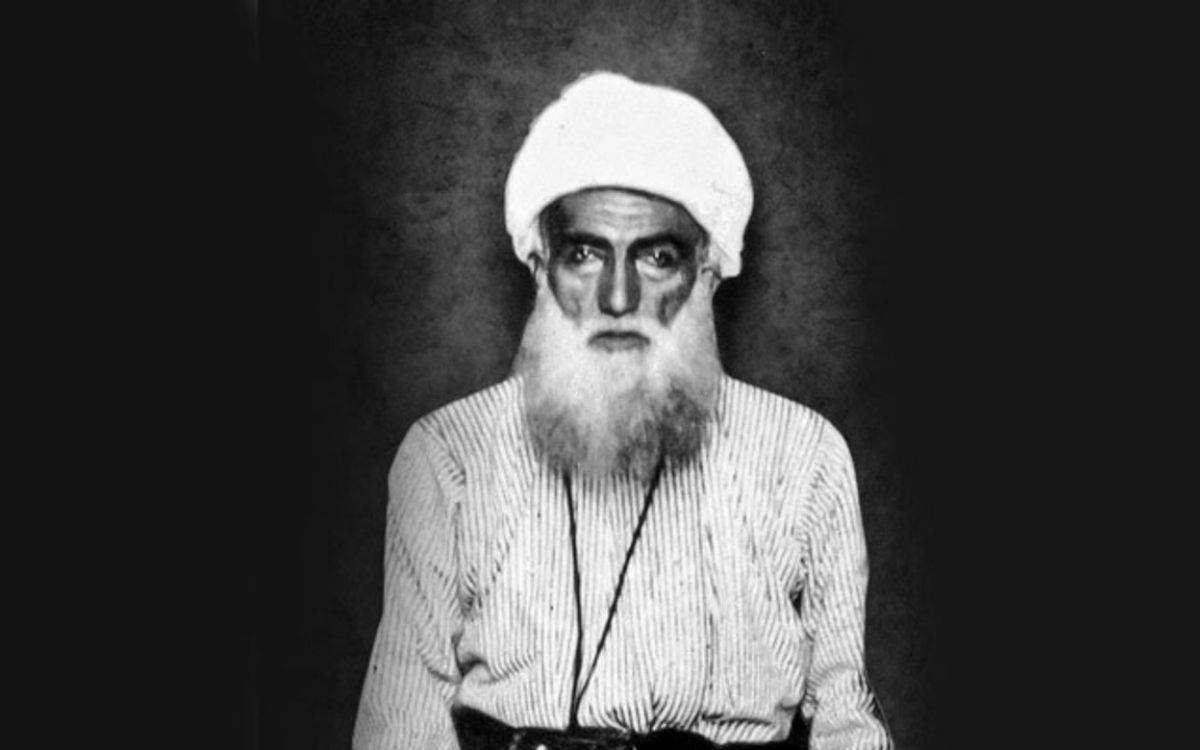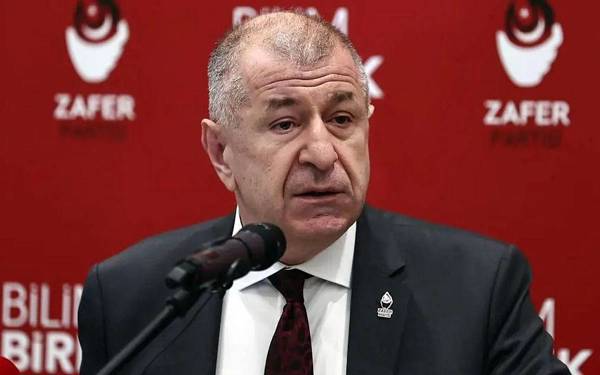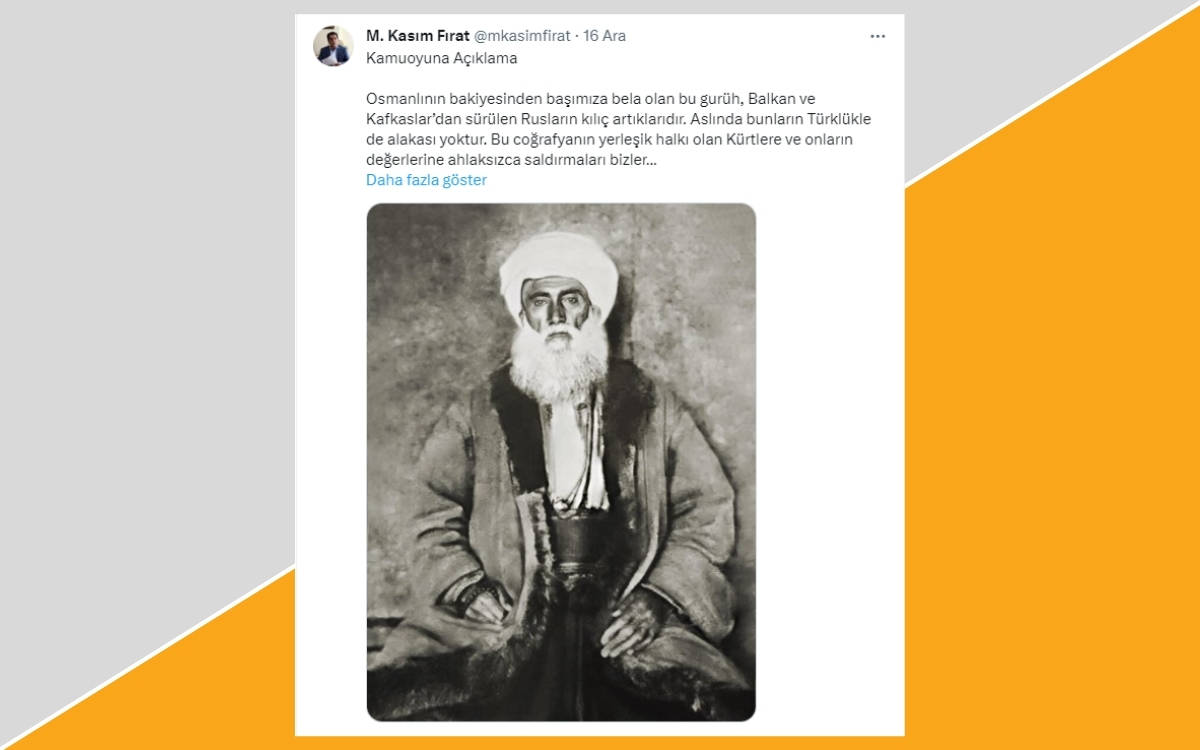Acting as the court of appeals, the Ankara Regional Administrative Court has yesterday (December 11) upheld the decision of the local court that dismissed the case demanding the disclosure of the burial place of Sheikh Said, who was executed in 1925 along with 46 companions.
The case, brought by the Diyarbakır Bar Association, the Sheikh Said Education Culture and Solidarity Association, and Sheikh Said's grandson Kasım Fırat was filed against the Ministry of Interior,
In the case, the Ministry of Interior has claimed that they had no information or documents and were not involved in the incident. The plaintiffs appealed to the Ankara Regional Administrative Court after the Ankara 5th Administrative Court decided to dismiss the case, seeking the annulment of the decision.
The 12th Administrative Trial Chamber of the Ankara Regional Administrative Court which examined the request has "definitively" upheld the dismissal decision of the 5th Administrative Court of Ankara.
Since the decision is "definitive", the path to the Council of State has been closed. Kasım Fırat, one of the grandsons of Sheikh Said, is preparing to make an individual application to the Constitutional Court (AYM).
"We do not believe that they do not have any information"
Fırat, evaluating the decision, stated that the outcome was something they expected. Emphasizing the unjust execution of Sheikh Said and 46 companions, Fırat also noted that Sheikh Said's name was being exploited, reported Mezapotamya Agency.
Accordingly Fırat considered the Interior Ministry's request for the dismissal of the case, coupled with the recent naming of a boulevard in Diyarbakır after Sheik Said by the trustee appointed to the Diyarbakır Metropolitan Municipality by the same ministry, as an exploitation. He said:
"Just before the elections, you go and name a boulevard after Sheik Said. What can be said about this? It's a grotesque state with contradictions. The republic system is built on denial and destruction. A hundred years have passed, you have executed 46 people through an unfair trial, and then you say, 'I have no information, I don't know the [burial] place. We are not responsible for this, it is beyond our knowledge. We have no information.' We do not believe that they do not have any information. They are being instructed to say this."
He was captured in mid-April 1925 and he was condemned to death by the Independence Tribunal in Diyarbakır on the 28 June 1925 and hanged the next day in Diyarbakır with 46 of his followers. His remains were buried in an anonymous place in order to prevent his memorization by the Kurds.
(EMK/PE)







